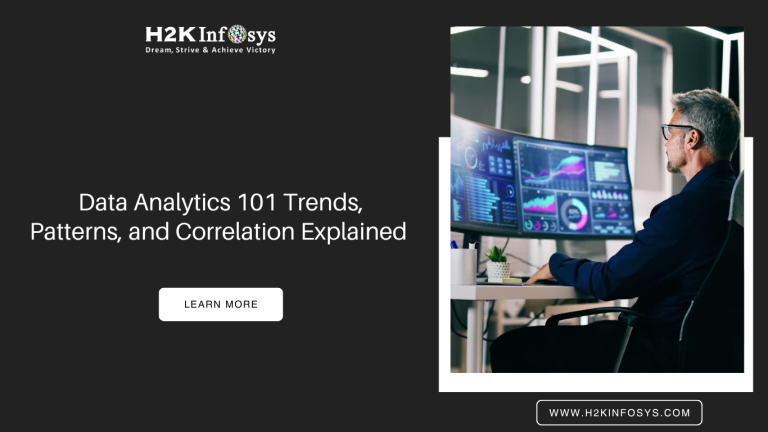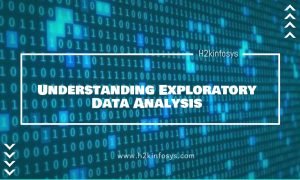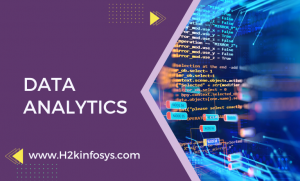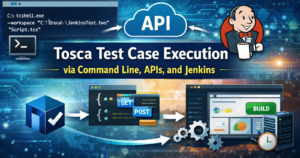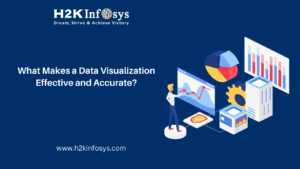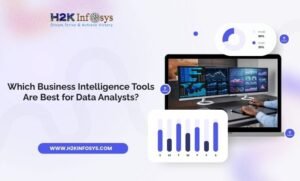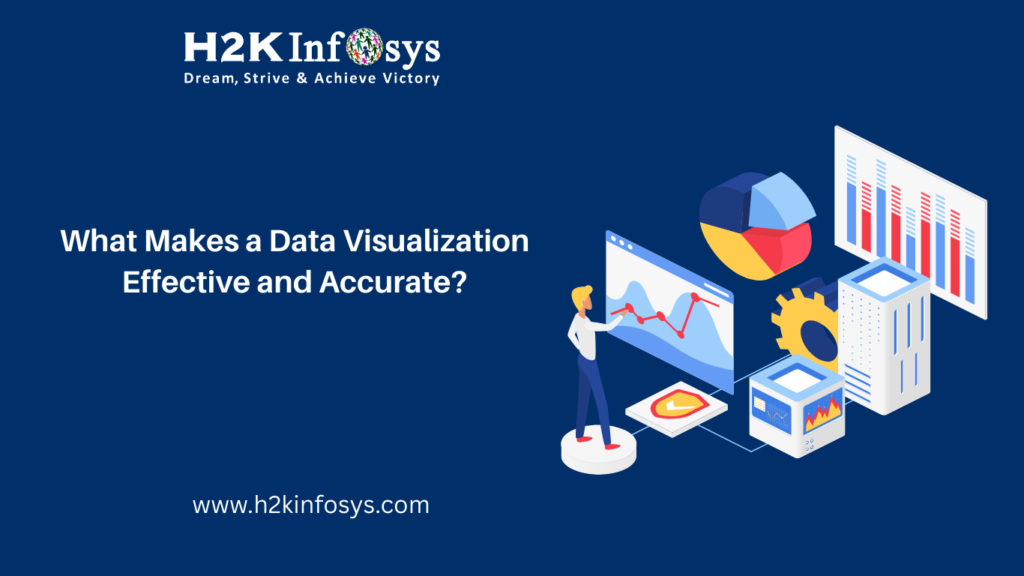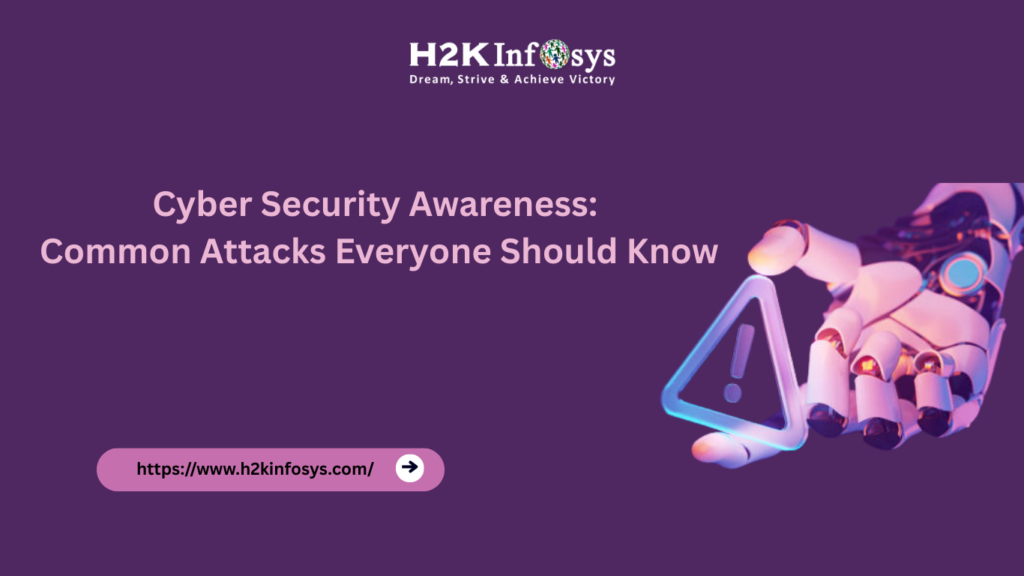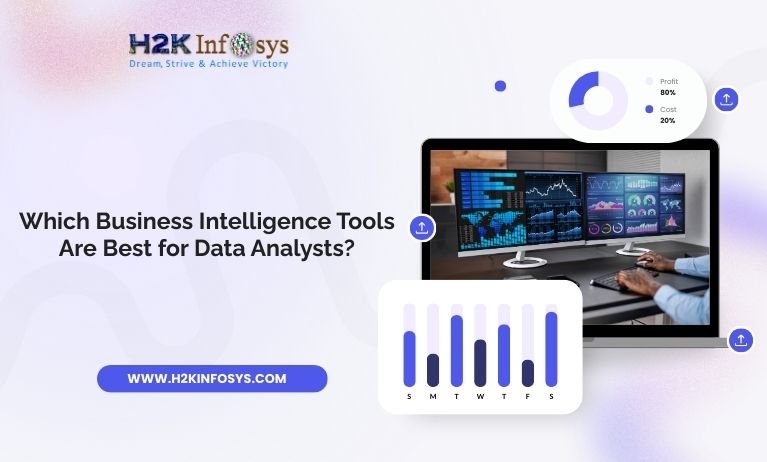Introduction
Every click, swipe, purchase, and post creates a data point. Today’s world runs on data—and companies know it. But raw data alone doesn’t unlock business value. The real power lies in understanding what the data reveals. That’s where Data Analytics 101 comes in.
Whether you’re planning to earn a Google data analytics certification or explore an online data analytics certificate, understanding trends, patterns, and correlation is your first step to becoming job-ready.
In this blog, we’ll walk you through the core concepts of data analytics with easy-to-follow explanations, practical examples, and real-world relevance. By the end, you’ll know how to analyze data to find trends, recognize patterns, and interpret correlations all key skills for any aspiring data analyst.
What Is Data Analytics 101?
Data Analytics 101 is the foundation of data analysis. It refers to the entry-level understanding of how to gather, clean, interpret, and derive insights from data. This includes learning how to identify:
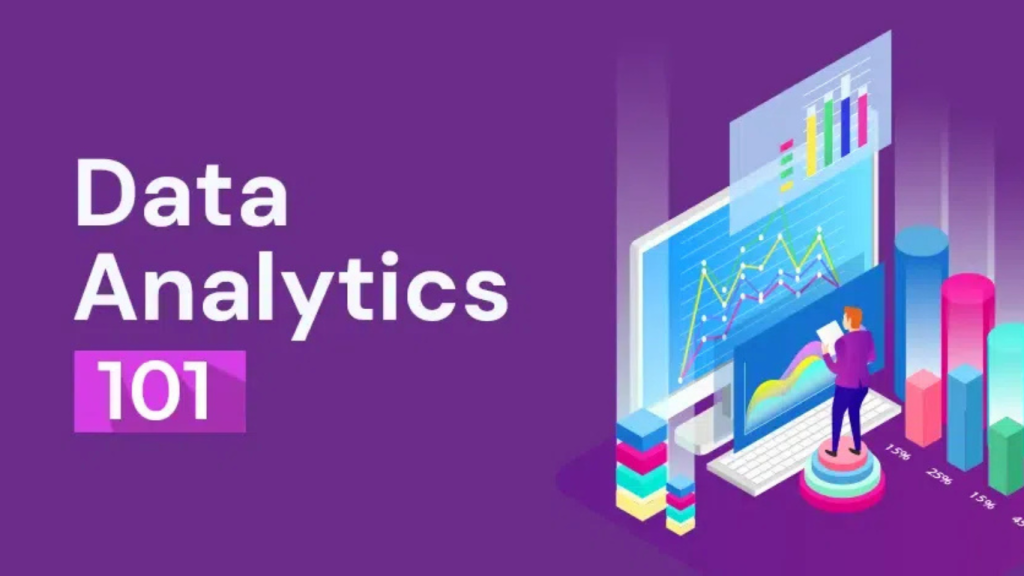
- Trends: Long-term movements in data over time.
- Patterns: Recurring characteristics or sequences.
- Correlation: Statistical relationships between variables.
Whether you’re pursuing a Google data analytics certification or exploring free resources, learning the basics of these concepts is essential to make data-driven decisions in any industry.
Why Trends, Patterns, and Correlations Matter
Let’s say a company sees a spike in online traffic every Friday. That’s a trend. They also notice that users click a specific button before making a purchase that’s a pattern. Finally, they find that higher engagement correlates with longer session times that’s correlation.
These insights lead to better strategies, improved customer experiences, and smarter investments. This is why companies are hiring professionals with an online data analytics certificate they need analysts who can transform data into direction.
Understanding Trends: Definition and Examples
In Data Analytics 101 Trends, a trend refers to a consistent movement or direction in data over time. These trends help analysts make informed decisions by revealing long-term behaviors or shifts. For instance, a steady rise in mobile app users over six months indicates an upward trend. Data Analytics 101 Trends also include seasonal fluctuations, such as increased online shopping during the holiday season. By identifying these patterns early, businesses can plan better strategies and allocate resources effectively.
Understanding Data Analytics 101 Trends is crucial for forecasting future outcomes and responding proactively to market demands or customer behavior.
What Is a Trend?
A trend is a general direction in which something is developing or changing over time. In data analytics, trends help us spot whether something is increasing, decreasing, or remaining constant over time.
Types of Trends:
- Upward Trend: Sales increase over a period.
- Downward Trend: A decline in user engagement.
- Seasonal Trend: Holiday spikes in shopping behavior.
Real-World Example:
Netflix Viewing Habits:
Netflix uses trend analysis to track when viewers are most active. They noticed higher traffic in the evenings and during weekends. This trend influences when they release new shows.
Spotting Patterns in Data

What Are Patterns?
Patterns are repeated sequences or behaviors in data. These are useful to predict future outcomes or detect anomalies.
Types of Patterns:
- Sequential Patterns: User clicks button A, then B, then C.
- Clustering Patterns: Grouping users based on location or behavior.
- Anomaly Patterns: Spikes in failed transactions.
Example:
E-commerce Checkouts:
An e-commerce platform might detect that users who view a product more than three times are more likely to buy it. Recognizing this pattern helps personalize marketing efforts.
Correlation: How Variables Move Together
What Is Correlation?
Correlation shows how two variables move in relation to each other. It’s expressed using the correlation coefficient (r) which ranges from -1 to +1.
- Positive Correlation: Both variables increase together.
- Negative Correlation: One increases while the other decreases.
- No Correlation: No predictable relationship.
Common Misconception: Correlation ≠ Causation
Just because two things are correlated doesn’t mean one causes the other.
Example:
Marketing Spend vs. Sales:
Higher marketing spend may show a strong positive correlation with increased sales. However, deeper analysis is needed to prove causality.
Real-World Applications of Data Analysis
Healthcare:
- Identifying patterns in patient symptoms.
- Tracking seasonal illness trends.
Finance:
- Detecting fraudulent transaction patterns.
- Correlation between stock prices and trading volume.
Sports:
- Analyzing player performance trends.
- Discovering patterns in match outcomes.
Marketing:
- Finding correlations between ad campaigns and conversions.
- Identifying user behavior patterns for personalized targeting.
These applications underscore why Data Analytics 101 is a must-know for professionals across fields.
Tools That Help Identify Trends, Patterns, and Correlation
Learning to use analytical tools is key to earning an online data analytics certificate. Here are some must-learn platforms:
Excel/Google Sheets
- Trendlines
- Pivot tables
- Conditional formatting for pattern detection
Power BI/Tableau
- Interactive dashboards
- Real-time trend visualization
Python (Pandas/Matplotlib/Seaborn)
python
import pandas as pd
import seaborn as sns
import matplotlib.pyplot as plt
df = pd.read_csv("sales_data.csv")
sns.heatmap(df.corr(), annot=True)
plt.title("Correlation Matrix")
plt.show()
SQL
- Querying large datasets to find repetitive behaviors or correlations.
Each of these tools is frequently covered in programs like the Google data analytics certification.
How to Learn Data Analytics Step-by-Step
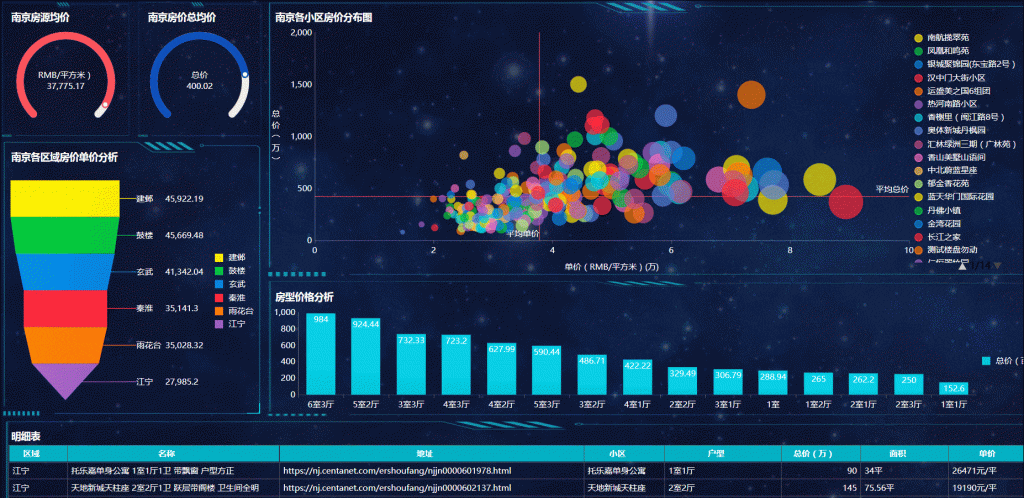
Here’s a learning roadmap if you’re new to data analytics:
Step 1: Learn the Basics
- Understand types of data
- Learn basic statistics
Step 2: Get Hands-On with Tools
- Master Excel and SQL
- Explore Power BI or Tableau
Step 3: Learn Programming
- Start with Python or R for analysis
Step 4: Study Trends, Patterns, Correlation
- Use datasets to build real projects
Step 5: Get Certified
- Enroll in the Google data analytics certification or pursue an online data analytics certificate for credibility and job readiness.
Case Study: Analyzing Sales Data for a Retail Brand
Problem: A retail brand wants to understand why holiday season sales spike and drop suddenly afterward.
Step-by-Step Analysis:
- Collect Data: 3 years of monthly sales.
- Trend Analysis: Identify that sales spike in November-December every year.
- Pattern Recognition: Repeat customers tend to shop 5 days before Christmas.
- Correlation: Strong positive correlation between promotions and sales volume (r = 0.81).
Result:
The company adjusted its marketing strategy to target repeat buyers earlier and increased ad spend during high-correlation periods, resulting in a 15% year-over-year sales boost.
Key Takeaways
- Trends show you how things change over time.
- Patterns help you predict what’s next.
- Correlation helps connect the dots between variables.
- Mastering these skills is essential in any analytics role.
- Tools like Excel, SQL, and Python bring your analysis to life.
- Certifications like the Google data analytics certification build credibility and prepare you for real-world projects.
Conclusion
Understanding Data Analytics 101 is your gateway to mastering the digital economy.
Enroll at H2K Infosys today to gain hands-on experience and earn your Online data analytics certificate. Set your career on the path to success!
